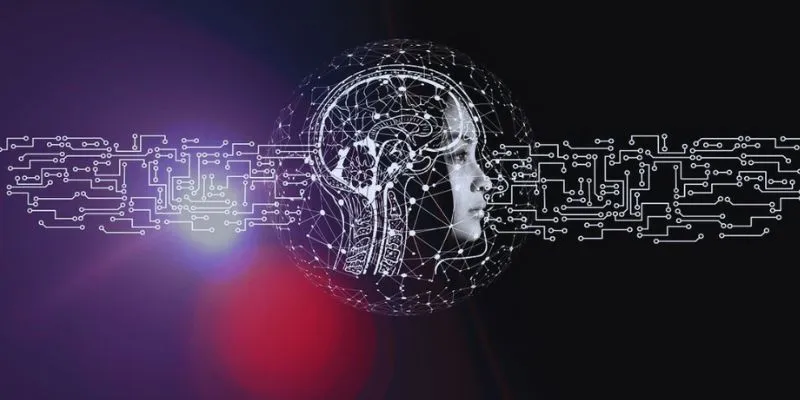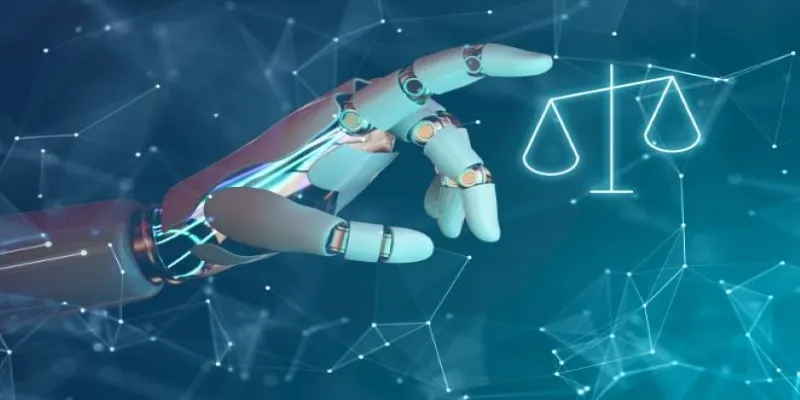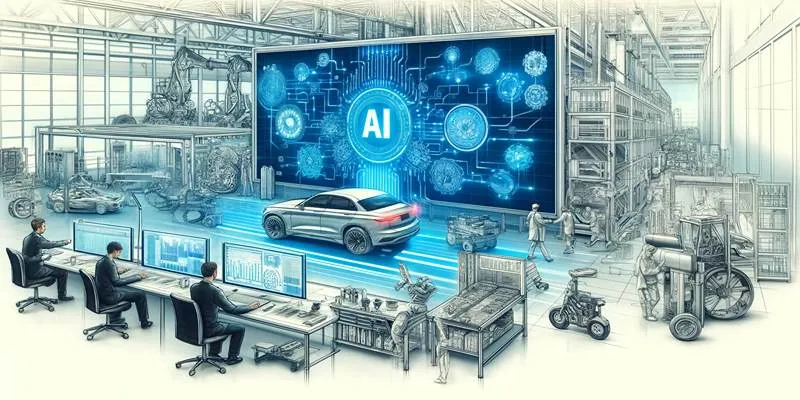Creating machines with human-like thinking and behavior is no longer just a fantasy. The pursuit of human-like intelligence in artificial intelligence is significantly shaping the development of general artificial intelligence. Scientists and engineers aim to replicate human intellect, emotions, and decision-making capabilities. Human-like artificial intelligence offers opportunities to understand consciousness and behavior, extending beyond basic automation.
Developers aspire to build robots that can learn over time, adapt to changing environments, and understand context. These abilities challenge technological limitations and emulate human behavior. The vision of human-like AI remains at the core of innovation as advancements continue. Achieving general artificial intelligence requires understanding and replicating human thought processes. This goal is central to current AI research and development strategies.

Understanding Human-like AI and Its Importance
Human-like artificial intelligence involves systems that mimic human thinking and behavior. These systems can dynamically solve problems, recognize emotions, and adapt to their surroundings. This type of AI is significant because it makes machines more relevant and engaging. By understanding human context, these systems can enhance interaction and communication. Modern examples include virtual assistants, robots, and chatbots, which provide improved user experiences by emulating human empathy and reasoning.
AI scholars study human learning, perception, and decision-making to guide projects that aim to simulate human behavior more accurately. The more AI systems reflect human logic, the more they can assist in complex tasks across industries, from healthcare to education. The importance lies not just in performance but in the quality of interaction. Human-like AI bridges the gap between human understanding and machine efficiency.
General AI: The Final Frontier in AI Research
General artificial intelligence aims to create versatile, intelligent devices. Unlike narrow AI, general AI can handle multiple tasks without reprogramming, learning across various domains to mimic human adaptability. Achieving general AI involves developing systems capable of understanding abstract concepts and adapting to new challenges. Scientists strive to create autonomous machines that operate without specific instructions.
General AI has the potential to revolutionize every industry by solving complex problems. This quest aligns with the objectives of human-like artificial intelligence. Understanding human generalizations of information aids in developing AI models. Developers use natural language processing, reinforcement learning, and neural networks, enabling AI to learn from experience. Progress may be gradual, but robots and cognitive computing hold promise, despite the vast challenges general AI presents.
Human Cognition as a Blueprint for AI
Researchers use human cognition as a model for developing artificial intelligence. Cognitive science studies human perception, memory, and learning, providing a foundation for AI that replicates human processes. Systems developers create replicas of human memory, attention, and perception, leading to machines with advanced thinking capabilities. Deep learning models, for instance, mimic brain functions.
These models acquire knowledge from data in ways similar to human learning. Modern AI systems can simulate emotional responses, understand language, and recognize faces, reflecting our mental processes. Insights from human cognition help design more intuitive algorithms, enabling AI to make informed assumptions like humans. Such AI has become more reliable and adaptable.

Emotional Intelligence in Human-like AI
Emotions play a crucial role in human decision-making, and for AI to be human- like, it must understand this aspect. Emotional intelligence allows machines to sense, comprehend, and respond to emotions. Current AI systems analyze facial expressions, voice tones, and language cues to assess emotional states. For example, chatbots enhance conversations through sentiment analysis, creating more empathetic machines. Emotional AI makes virtual assistants less robotic and more practical.
Emotional AI enhances customer satisfaction in services and aids in mental health support and monitoring. Emotional awareness in AI evolves alongside human interaction, leading to machines capable of advanced reasoning. Emotional intelligence extends beyond empathy, improving conflict resolution and problem-solving, thus enhancing overall intelligence. Machines learn when to offer comfort or intervention.
Challenges in Mimicking Human Behavior
Mimicking human behavior presents numerous technical and ethical challenges. Human behavior is unpredictable and context-dependent, making it difficult to teach AI to recognize patterns and respond appropriately. Developers struggle to produce nuanced reactions, as machines lack genuine self-awareness and consciousness, limiting their ability to replicate human traits. Ethical concerns arise when machines become indistinguishable from humans, posing risks of confusion and reduced user trust.
Moreover, biased training data can lead to unfair AI behavior, necessitating transparency. Developers must clearly define AI’s strengths and limitations. As AI gathers more behavioral data, privacy concerns grow, prompting regulators to push for clear guidelines in human-like AI development. The complexity of emotions presents another challenge, as AI often struggles in emotionally charged, uncertain situations.
The Future of Human-like AI and General Intelligence
General artificial intelligence continues to evolve, influenced by human-like AI. As machines become more lifelike, their range of applications expands across entertainment, education, healthcare, and other sectors. Future AI systems will better understand and meet human needs. Developers focus on ensuring that human-like AI fosters ethical, transparent, and trustworthy interactions.
The collaboration of neuroscience, ethics, and computer science is essential. Like humans, AI will grow through experience and feedback, aiming to create responsible and adaptable machines that serve as both companions and tools. These human-centric designs will enhance general intelligence, making AI more relevant and intelligent. Ongoing research ensures AI aligns with societal values, blending creativity with reason and empathy. Human-like AI is the catalyst for achieving the ideal of general intelligence.
Conclusion
The advancement of general artificial intelligence is driven by the quest for human-like intelligence in AI. Developers envision systems that reason, feel, and interact intuitively, guiding progress in emotional awareness, knowledge, and cognition. AI applications improve by understanding and replicating human behavior, ensuring technology remains user-centered. Once challenges are addressed, the path to general artificial intelligence becomes clearer. Human behavior remains the guiding principle for intelligent systems, with an ethical and innovative future ahead. The transformative potential of AI is profoundly shaped by human-like characteristics.
 zfn9
zfn9























